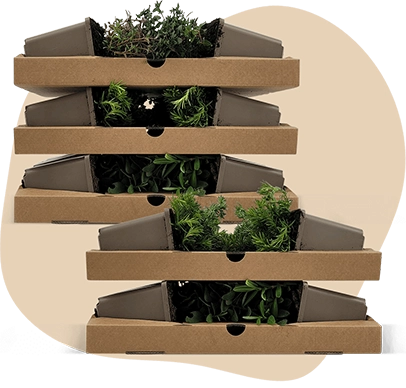Description
Berberis stenophylla C2 20-30 | Barberry
The Berberis stenophylla, commonly known as Barberry, is a popular choice for gardens due to its upright growth habit. This evergreen shrub can reach a height of up to 150 cm, making it ideal for hedges. The leaves of the Berberis stenophylla are small, green, and not fragrant, providing a consistent colour throughout the year. As an evergreen, it retains its foliage even in winter, adding year-round interest to the garden. Barberry is low-maintenance and does not produce fruits, making it a practical choice for those seeking an easy-care plant. Its suitability for group planting and ability to attract bees are additional benefits for garden enthusiasts.
Key Plant Characteristics of Berberis stenophylla
- Berberis stenophylla blooms in May and June, showcasing vibrant orange flowers.
- The flowers are not fragrant but are attractive to bees, enhancing garden biodiversity.
- For optimal growth, this plant prefers a sunny or partially shaded location.
- It thrives in all soil types as long as the soil is well-drained.
- The shrub features an upright growth habit with green leaves that remain year-round.
- Its branches are sturdy, making it suitable for hedges and group plantings.
Garden plants like Berberis stenophylla are ideal for adding colour and structure to any garden setting.
Application of Berberis stenophylla in the Garden
- Berberis stenophylla is ideal for group planting, providing a vibrant display with its upright growth habit.
- This plant is winter-hardy, thriving in temperatures as low as -28.9°C, making it suitable for USDA zone 5.
- It combines well with other shrubs, especially those that prefer well-drained soil and partial shade to full sun.
- The greatest ornamental value of Berberis stenophylla lies in its evergreen foliage and striking yellow flowers in spring, which attract bees.

























